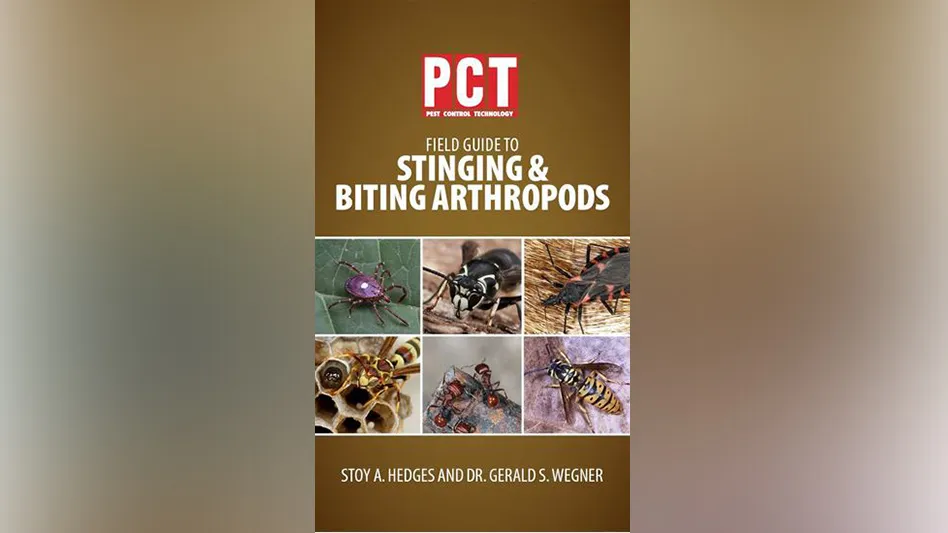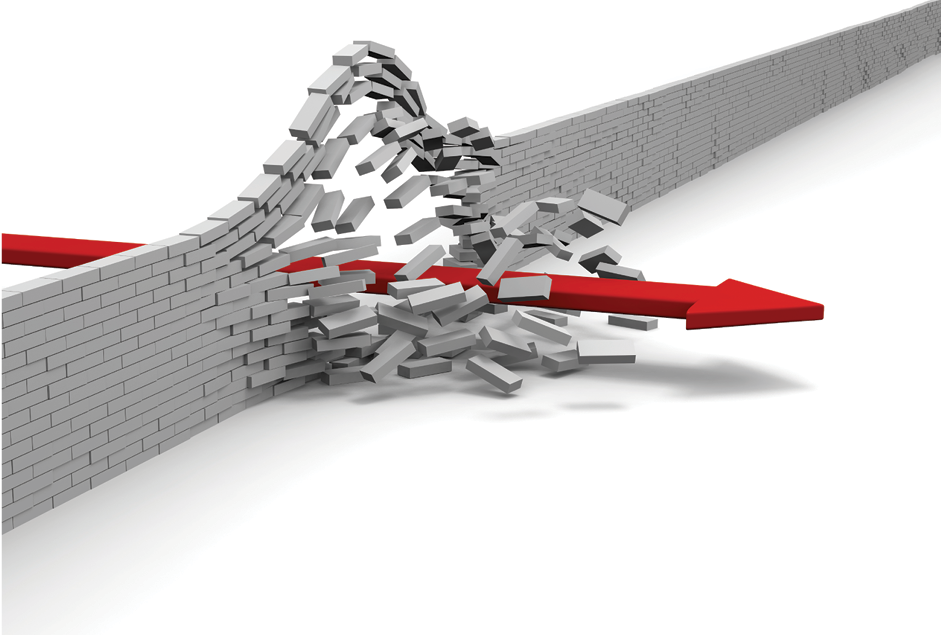
For several years now, we’ve all watched, or been involved in, the uptick in mergers and acquisitions across the industry. But the past 18 months have been extraordinary: Nine companies have dropped off this year’s Top 100 list due to M&A activity. And we’re not slowing down in 2018. As of press time, at least five current or former Top 100 companies already have been purchased this year.
“The driving trend over the past three or four years is that valuations have climbed so high that they can’t be ignored; they’ve gotten the attention of even business owners who weren’t planning to sell in the near term,” says M&A expert Lance Tullius of LR Tullius. “When you’re being aggressively pursued by buyers, it’s only natural to consider the potential opportunity to enhance your own personal wealth and your family’s future.”
The favorable economic environment is pulling more buyers into the mix as well, Tullius adds. “Large corporations and institutional investors have a lot of cash on their balance sheets right now. They’re looking to invest that cash, and pest management businesses are extremely attractive because they’re considered safe. While many other industries took a huge hit in the recession, pest control companies generated modest growth or stayed close to flat even at its worst point. Investors recognize that these companies present excellent growth and profitability potential,” he says.
Paul Giannamore of Potomac Pest Control Group adds a global perspective to the recent surge in mergers and acqusitions: “Global M&A has reached $1 trillion in the first quarter of 2018, indicating that this isn’t an industry phenomenon so much as a global one. We’ve experienced across-the-board asset price inflation driven by unprecedented monetary policy over the past few years.
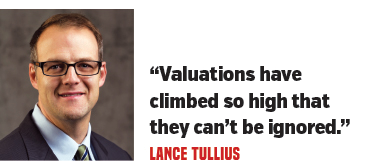
“The Federal Reserve and other central banks have created trillions of dollars of excess liquidity, driving down interest rates and dramatically increasing the prices of all assets — bonds, equities, real estate, collectibles, etc.,” Giannamore added. “Owners of pest control companies have been direct beneficiaries of this monetary madness. By nailing interest rates to the floor, the Fed has nailed asset prices to the ceiling.”
THE WAY WE LOOK TODAY. While in the past, smaller companies were more likely to be acquired, today it’s mid-size and larger companies. That’s creating a gap in the middle stratum that may reflect a temporary polarization of the industry. But the nature of this business is that companies of all sizes are motivated to grow; growth among smaller companies promises to restore the balance.
“It might feel as though consolidation is gutting the middle, but other companies will move up to fill that gap,” says NPMA CEO Dominique Stumpf. “Ten years from now, we’ll be seeing many of the companies being formed today take their place among the Top 100.”
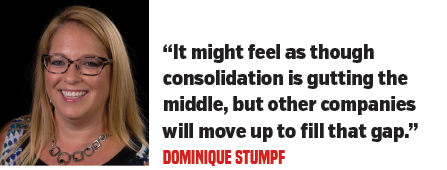
Dan Gordon of PCO M&A Specialists believes the firms most likely to move up are those whose leaders are leveraging technology to its fullest. “The pest control business has become more scientific, and a lot of young, second-generation PMPs are just killing it out there — growing their businesses 2, 3, 4, even 500 percent a year,” he says. “This is something we didn’t see in family businesses in the past. People are making more money now than ever before, but they’re working harder for it in terms of knowledge and technology. Where a PMP might have bought a Yellow Pages ad in the past, for example, now they need to be leveraging digital marketing and using social media every day. It’s a different environment, and those who are adapting well are being rewarded.”
And as these players move up, enterprising entrepreneurs will continue to create new startups in this high-potential industry, where barriers to entry are low.
Giannamore asserts, “I don’t see consolidation happening quickly enough to substantially change the dynamics of the industry. A lot of mid-size companies are being acquired, but this environment also breeds more smaller companies. And in the pest control industry, with the exception of large national accounts, there aren’t tremendous economies of scale. Being bigger doesn’t give you a genuine competitive advantage. And it doesn’t impede small businesses from growing. All companies have the potential to grow and succeed.”
BURSTING THE BUBBLE? Where will the M&A wave go from here? Tullius says any answer is speculative. His best prediction is values are probably as high as they’re going to get, but they may hold steady for another year or two.
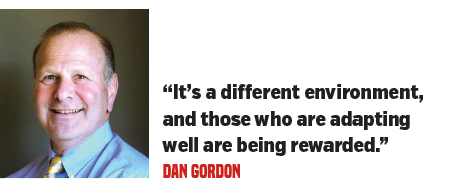
Giannamore expects the M&A trend to continue at least through the remainder of 2018, provided it doesn’t sustain an external shock — a significant stock market correction or large run-up in bond yields, for example. He says the industry is likely in the final year of a four-year consolidation bubble.
Gordon expects a soft landing, though, not a hard crash like the real estate market experienced after reaching peak valuations in early 2006. “Private equity companies have learned how valuable pest control companies are — they’re real companies making real money — and they will continue to have an interest in acquiring these businesses.”
That interest fuels what Rand Hollon of Preferred Business Brokers considers the industry’s new normal. “Boomers are starting to retire, and owners are looking to simplify their lives and quit working seven-day weeks. Many of these businesses are becoming available to internal buyers as well as the steady stream of folks outside of the pest control industry who want to get in. And with the low barriers of entry, lots of entrepreneurs are opening up businesses, which they’ll grow to be attractive to buyers. Organic growth is always good, but acquisition will continue to be the real needle mover. M&A activity will continue as long as there are opportunities,” he says.
But, Gordon adds, values in this particular M&A cycle are as likely to be as high as they will get: “I would expect valuations to hold for 18 months or so, but ultimately interest rates will rise and activity will slow down. So if you’re thinking about selling your business anytime soon, now is probably the right time to do it. There’s never been a better time to sell.”
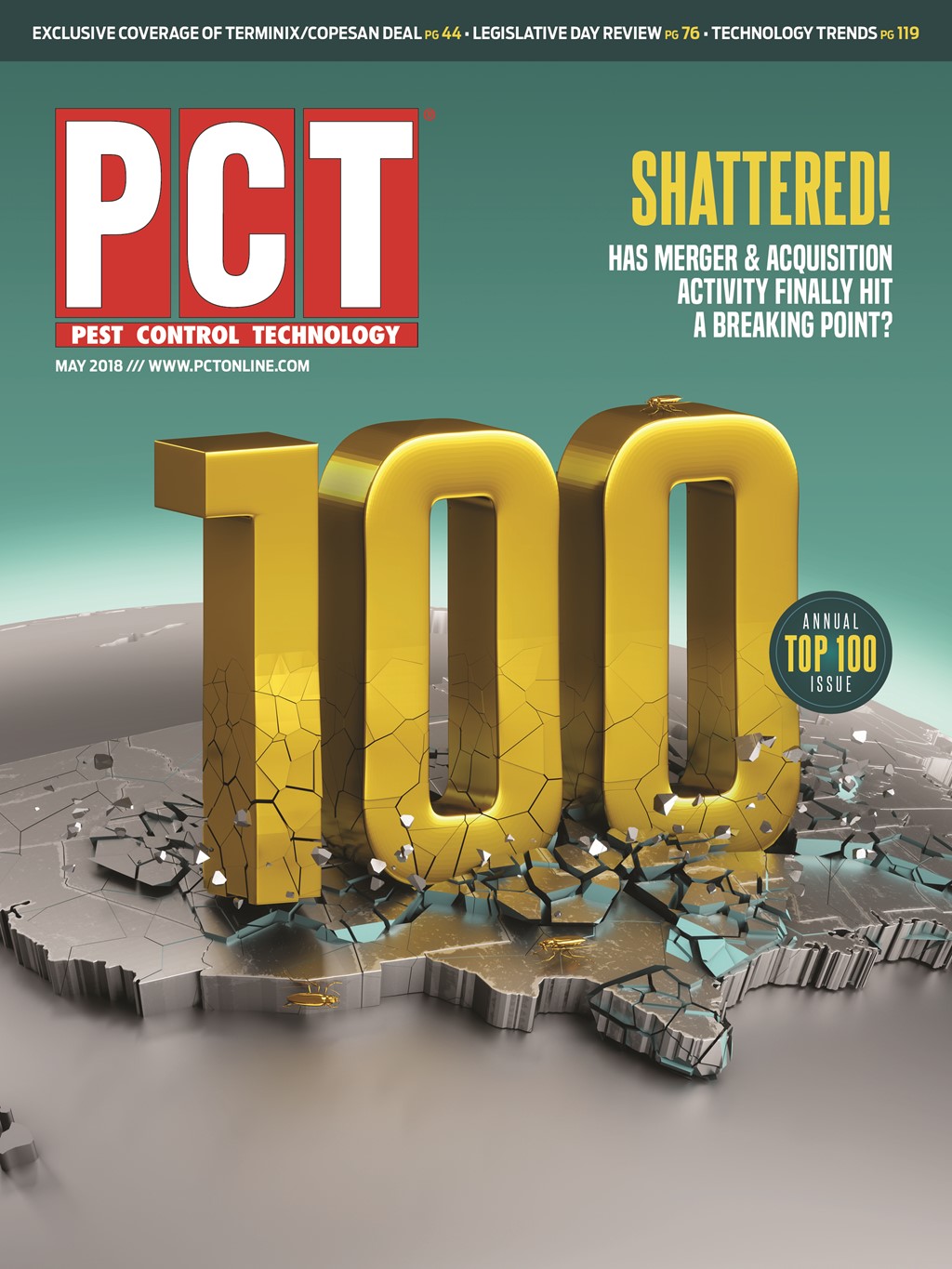
Explore the May 2018 Issue
Check out more from this issue and find you next story to read.
Latest from Pest Control Technology
- Viking Pest Control Organizes a Charity Bike Build for Local Families
- Gaining Control of Structure-Infesting Carpenter Ants
- Big Blue Bug’s Brian Goldman Receives Rhode Island Small Business Person of the Year Award
- UF Researchers Examine How Much Bait it Takes to Eliminate a Subterranean Termite Colony
- Women in Pest Control Group Continues to Grow, Provide Opportunities in the Industry
- NPMA Announces Results of 2024-2025 Board of Directors Election
- Massey Services Acquires Orange Environmental Services
- Hawx Pest Control Wins Bronze Stevie Award for Sustainability





